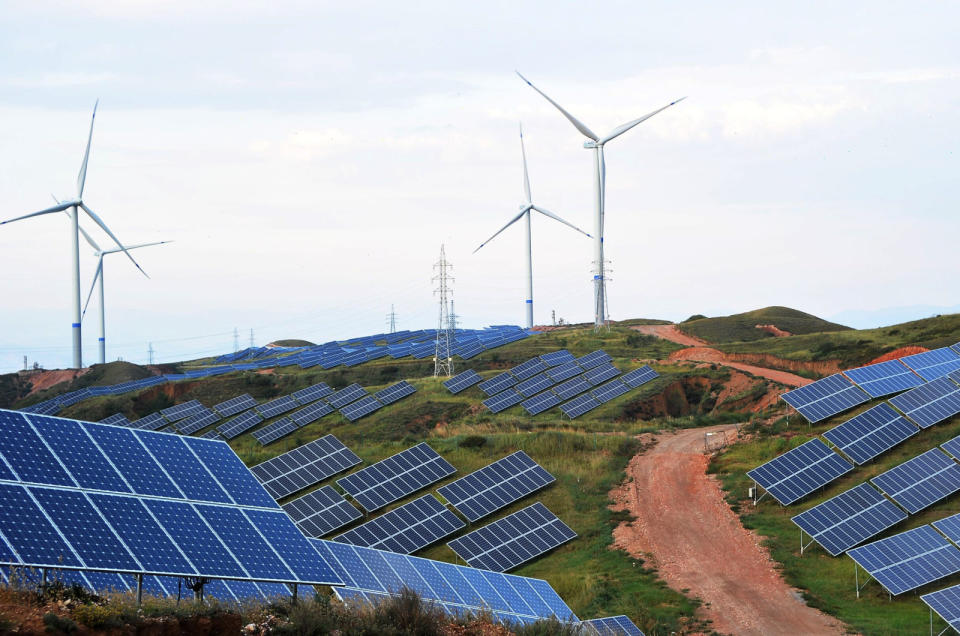Liquid metal battery could lower cost of storing renewable energy
It could be key to spreading the adoption of solar and wind power.
As dreamy as it might be to combine renewable energy sources with storage batteries, there's a problem: those batteries are expensive. It might take you years to recoup the costs. You'll be glad to hear, then, that Stanford scientists have a way to make those batteries more cost-effective. They've developed a liquid metal-based flow battery that can store electricity at a lower price, even on a large scale. A metal-producing mix of sodium and potassium serves as the negative side of the battery, providing nearly twice the maximum voltage of typical flow batteries (making them high-value) without having to resort to exotic chemicals or extreme temperatures.
It sounds simple, but there was a challenge to making this work. The team had to use a ceramic membrane that combined aluminum oxide and potassium to separate the positive and negative materials while still allowing a current.
There's still some tweaking left, such as optimizing the membrane to improve the power output and choosing a liquid for the positive side that won't weaken the membrane. And like many battery experiments, there's a long road from a successful lab test to something you can buy. There's a strong incentive to make this a reality, though. If it lowered the price of storage batteries, both homeowners and electrical grid operators might be more likely to switch to solar or wind power knowing that they'd recover their investments that much sooner.


